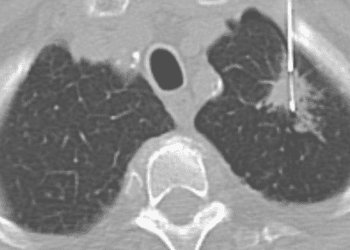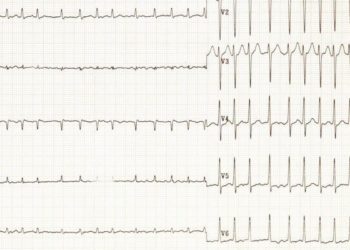New worldwide target for reducing preterm births by 2015
Image: PD
Key study points:
1. This is the first multi-country analysis to evaluate worldwide trends in preterm birth, an increasingly burdensome problem in obstetrics and neonatology.
2. Five interventions studied to decrease preterm birth were smoking cessation, progesterone treatment, cervical cerclage, reducing multiple embryo transfers and decreasing rates of non-medically indicated induction and Cesarean delivery.
3. If the world’s industrialized nations successfully implemented 5 of the most effective interventions, preterm births would decrease about 5% by 2015. This would save $3 billion U.S. dollars annually.
Primer: Preterm birth, defined as any delivery occurring before 37 completed weeks of gestation, accounts for significant morbidity and mortality worldwide. Preterm birth is the leading cause of newborn death, a top cause of death in children under 5 and rates are rising in most countries. In addition to causing over 1 million deaths per year, preterm birth is responsible for lifelong disabilities (3).
Compared to fetuses born at term (40 completed weeks gestation), preterm fetuses are at higher risk for myriad adverse outcomes (e.g. respiratory distress syndrome, small for gestational age) owing to the fact that key organ systems like the pulmonary and central nervous systems fully develop between 37 and 40 weeks (1, 3, 4).
Current evidence suggests that the most effective interventions to reduce both spontaneous and provider-initiated (iatrogenic) preterm birth include smoking cessation, progesterone treatment, and cervical cerclage (stitching the cervix shut in women with cervical incompetence), reducing multiple embryo transfers in assisted reproductive technologies treatments and, when appropriate, decreasing rates of cesarean delivery and induction of labor (3).
This study analyzes rates of preterm birth in 39 industrialized countries to evaluate the effectiveness of various interventions and aid in the creation of a rate reduction target for the year 2015.
Background reading:
- Up to date: Overview of preterm labor and birth
- National, regional, and worldwide estimates of preterm birth rates in the year 2010 with time trends since 1990 for selected countries: a systematic analysis and implications
- Born Too Soon: The global action report on preterm birth
- The preterm birth syndrome: issues to consider in creating a classification system
- Global, regional, and national causes of child mortality: an updated systematic analysis for 2010 with time trends since 2000
This [multi-nation statistical analysis] compared trends in rates of preterm birth in 39 countries with a very high human development index (VHHDI). Using five of the most well-studied evidence-based intervention to reduce preterm birth as defined in the Global Alliance to Prevent Prematurity and Stillbirth (GAPPS) Review Group report, smoking cessation, progesterone treatment, cervical cerclage, decrease in non-medically necessary induction and cesarean delivery, and limiting of multiple embryo transfers were assessed.
In 2010, preterm birth rates across the 39 countries ranged from 5.3% and 14.7% of live births, with an average of 9.6%. Projections showed that if the five highlighted interventions were implemented, a 5% relative reduction in preterm births could be achieved, bringing the average to 9.1% overall and reducing the annual number of preterm births by 58,000 and saving about $3 billion U.S. dollars annually.
In sum: The implementation of five interventions in 39 industrialized nations could effect a 5% relative reduction in the worldwide preterm birth rate. The goal of 5% relative reduction has been set for 2015. However, this isn’t nearly enough–there remains a great need for novel interventions that can achieve a more dramatic effect in lowering the rate of preterm birth.
Click to read the study in the current issue of The Lancet
Click to read an accompanying commentary in The Lancet
By [MS] and [LH]
More from this author: Bipolar Disorder is associated with adverse pregnancy outcomes regardless of pharmacologic treatment, Obstetric and pediatric recommendations differ for in utero pediatric consultation for maternal conditions that could impact fetal post-natal health
© 2012 2minutemedicine.com. All rights reserved. No works may be reproduced without written consent from 2minutemedicine.com. Disclaimer: We present factual information directly from peer reviewed medical journals. No post should be construed as medical advice and is not intended as such by the authors or by 2minutemedicine.com. PLEASE SEE A HEALTHCARE PROVIDER IN YOUR AREA IF YOU SEEK MEDICAL ADVICE OF ANY SORT.





